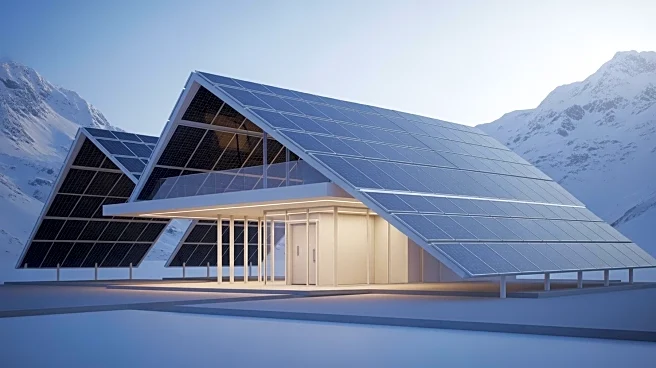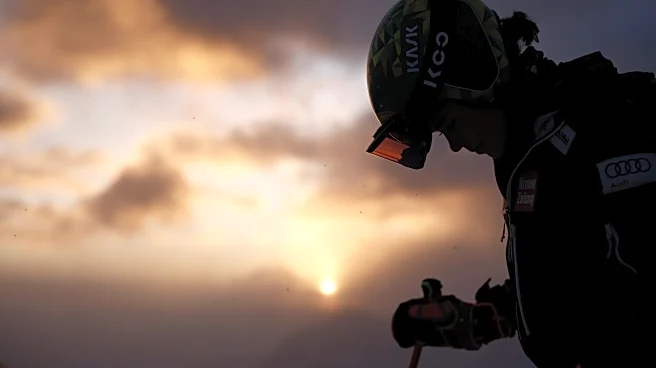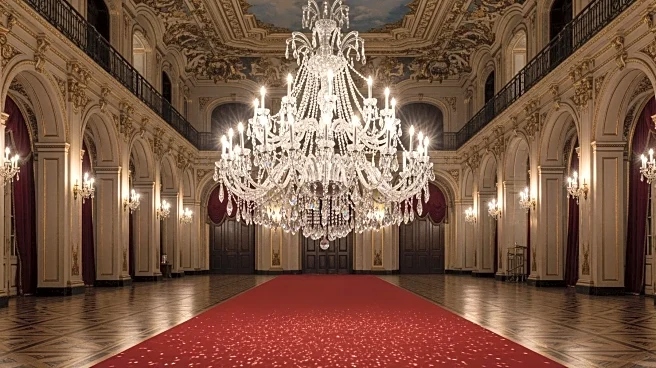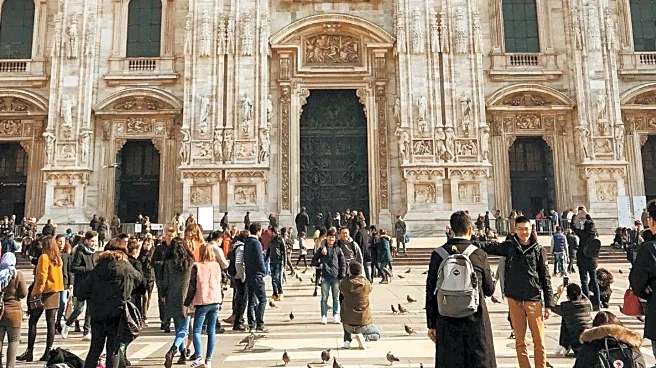What's Happening?
CRA–Carlo Ratti Associati, in collaboration with Salone del Mobile.Milano, has unveiled a digitally fabricated bivouac pavilion for the 2026 Winter Olympics in Milan. The structure is designed to be self-sufficient, featuring systems for energy production,
storage, and water harvesting. After its debut, it will be relocated to the Italian Alps to serve as a refuge for mountaineers. The design aims to blend with the natural landscape, using digital fabrication to mimic the surrounding rock formations.
Why It's Important?
This project represents a significant advancement in sustainable architecture, demonstrating how digital fabrication and self-sufficiency can be integrated into temporary and permanent structures. By minimizing visual impact and enhancing functionality, the pavilion sets a precedent for future architectural projects in natural settings. The initiative aligns with the broader goals of the 2026 Winter Olympics to utilize existing infrastructure and promote environmental sustainability.
What's Next?
Following its use during the Olympics, the pavilion will be airlifted to a permanent location in the Alps, where it will continue to serve as a shelter. This transition highlights the versatility of the design and its potential applications in other remote or environmentally sensitive areas. The project may inspire further innovations in sustainable architecture and influence future Olympic infrastructure planning.
Beyond the Headlines
The pavilion's design challenges traditional notions of temporary structures, emphasizing the importance of integrating architecture with natural environments. This approach could lead to a reevaluation of how built environments interact with landscapes, promoting more harmonious and sustainable development practices. The project also reflects a growing trend towards circular design, where structures are adaptable and multifunctional.















